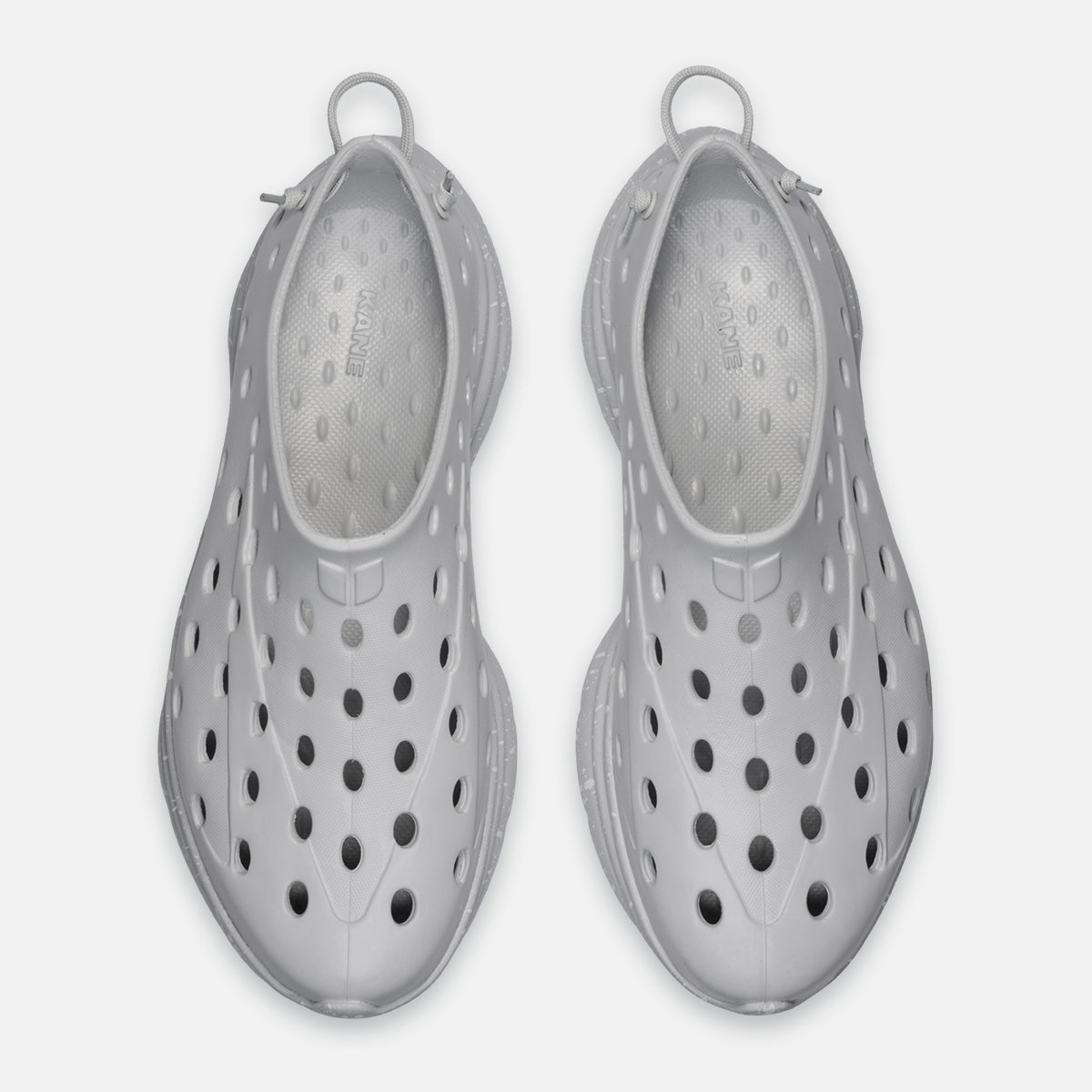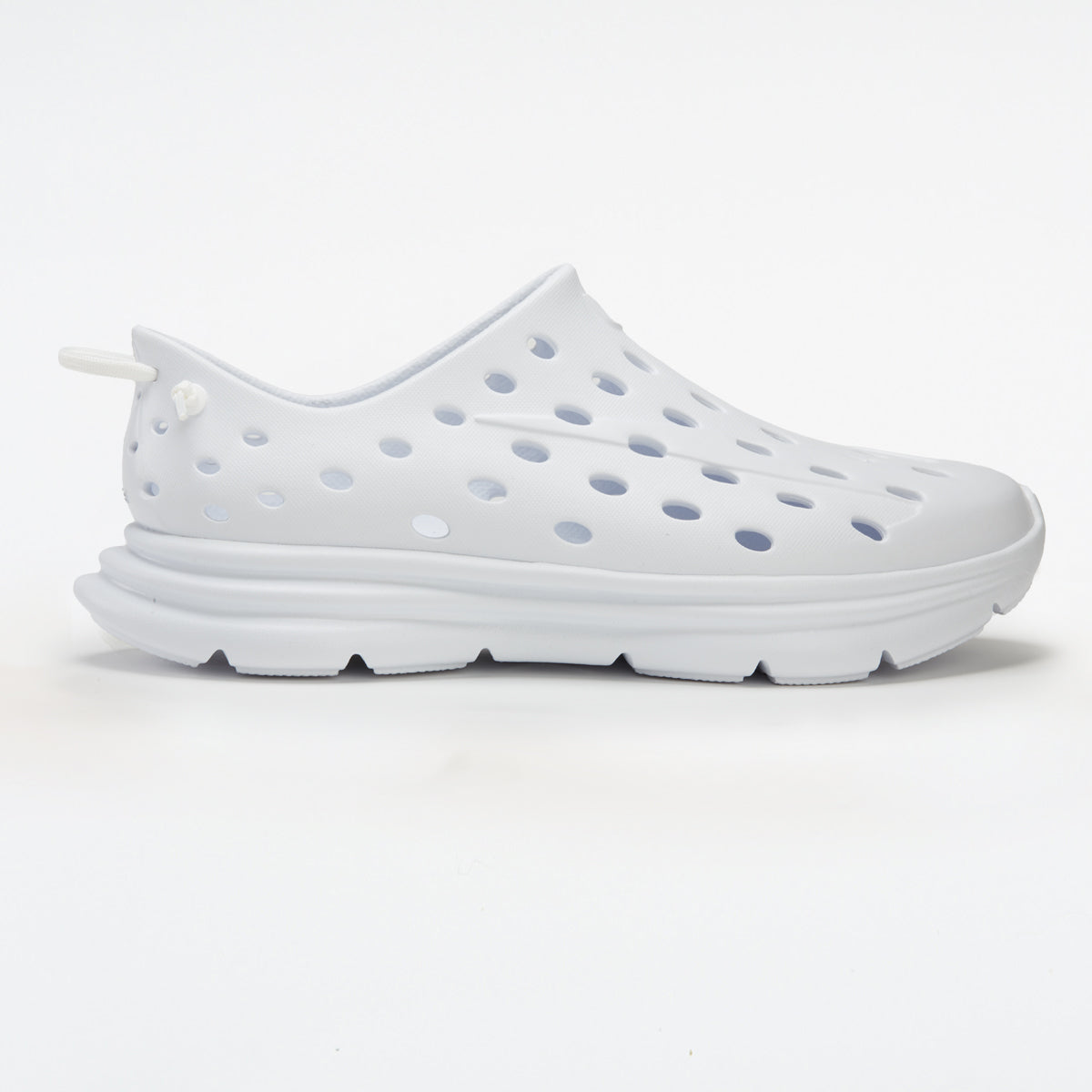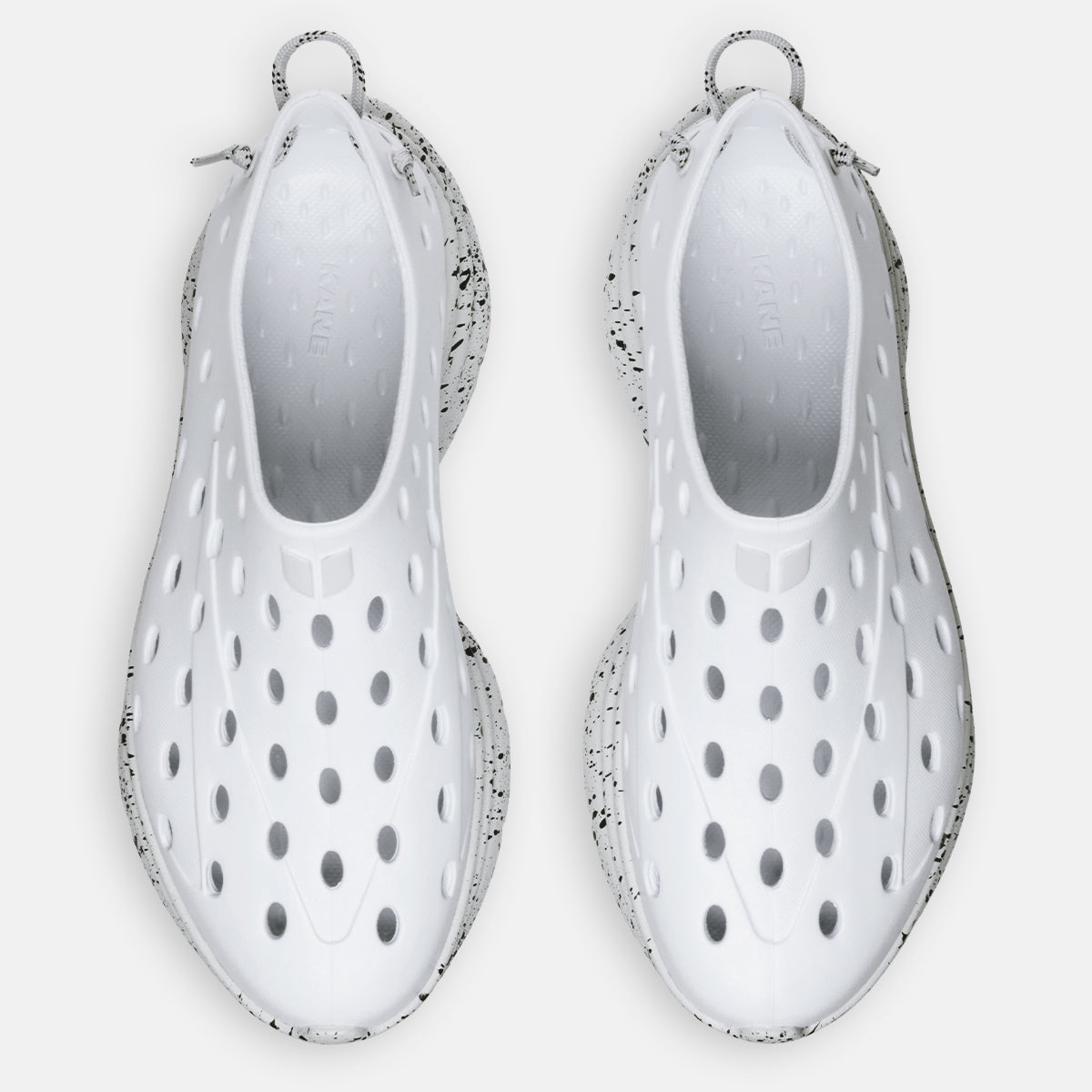So you think you’ve just sprained your ankle. Ouch! While it’s best not to immediately panic, it’s natural to wonder about a few things. Can I walk on a sprained ankle? How long until the pain subsides and I’m feeling back to normal? Is this truly a sprain?
Rest assured, sprained ankles are common. People strain and sprain their ankles even by just engaging in very basic activities. Sometimes we’re simply moving too quickly, or shifting our feet awkwardly, without realizing it in the moment. What’s important is to remember how to react in this circumstance in order to help your cause so you can heal up fast!
Let’s jump into what exactly an ankle sprain is, and how soon you can start walking on it again safely.
What is an ankle sprain?
When your foot twists or rolls unnaturally, it can cause a ligament (the connective tissue that attaches the bones together) to become turned beyond its comfortable range.
As with any injury, however, not all ankle sprains are exactly the same - the level of severity can vary. Typically, there are three grades of ankle sprains:
It’s important to note that no matter the grade of sprain, proper healing is essential. Whether you experience nominal tenderness and swelling, or major instability and pain, the right kind of rehabilitation - combined with rest - are key for full recovery.
Is it safe to walk on a sprained or injured ankle?
According to Uconn Health, 25,000 people sprain their ankles daily, subsequently requiring some form of treatment. So naturally, the question of whether or not you can walk on an ankle sprain or injury comes up quite a lot.
The simple answer to this is: no, keep off of it. This doesn’t mean you cannot walk at all. But it does mean that immobilizing the foot in question will likely be necessary. This may include crutches and/or other supportive devices, such as an ankle brace, boot or air splint. These helpful tools will keep your foot protected as it heals and allow you to still move around, albeit more slowly and carefully.
There are several reason why you should avoid putting pressure and weight on the sprained ankle:
The ankle is fragile
Once you’ve experienced a sprain, your ankle becomes vulnerable. As a result, your balance is immediately thrown off, affecting your day to day habits. This state you’re now in may continue beyond the initial pain, as your ankle needs to regain its original strength and muscle memory.
Fortunately, the majority of ankle sprains heal well in due course with the correct physio exercises. These targeted exercises allow you to return to your routines more swiftly.
Pain and swelling can make walking difficult
If you’ve experienced an ankle sprain in the past, you’re aware of the pain and swelling that comes with it. The thought of walking or putting direct weight on the swollen, painful ankle is often enough to make you wince, so chances are you wouldn’t try it.
Pain is your brain’s way of signaling to you that there’s a problem - and it shouldn’t be ignored. While this messaging is useful, it’s certainly not convenient for day to day activities. Nevertheless, you’ll be forced to listen to your body (and you ought to!) as walking on an inflamed ankle won’t get you very far - and could indeed make matters worse.
The ankle needs adequate rest
An ankle's ligament is made up of tiny fibers which require healing time. As this essential recovery mechanism takes place, your ankle simultaneously begins to realign in its natural position. These processes do not happen overnight, and the length of time needed may vary case by case, so patience and diligence are key for each circumstance.
You may worsen the damage to your ankle
Once your ankle becomes unstable from a sprain or injury, it becomes much more vulnerable. Prematurely engaging it before it’s fully healed could lead to short-term and long-term ankle issues. Should you repeatedly tear and re-tear ligaments in the same ankle, not only will your recovery time increase, but you may have trouble healing your ankle 100%.
Always be sure to safely increase your ankle’s mobility with specialized exercises over time - don’t overdo anything too quickly.
Understanding the sprain scale
As previously described, the grade of your ankle sprain will dictate how much time it will take to heal, and when it’s indeed safe to walk or put pressure on it again. A medical professional will be able to assess the severity of your sprain.
-
Grade 1: This sprain grade indicates small tears in your ligament fibers, which may result in some minor swelling and pain → Recovery time: Approx. 5 weeks
-
Grade 2: This sprain grade indicates a partially torn ligament, which may result in more swelling and pain than a Grade 1 sprain → Recovery time: Approx. 6 weeks
- Grade 3: This sprain grade is reserved for the most severe ankle sprains, involving injured ligaments that are completely torn. This will most likely result in major swelling and pain → Recovery time: Approx. six months
How to treat and heal ankle sprains
When a sprained ankle occurs, creating a recovery plan is key. This healing process can take approximately a month, but may take more time all depending. Most ankle sprains heal well in response to the following treatment options:
The R.I.C.E. protocol:
Phases of healing following a sprain:
- First phase: Protect the ankle and reduce pain and swelling with ample rest
- Middle phase: Strengthen the ankle and restore range of motion
- Last phase: Slowly return to activity types that keep your ankle stable. This would be a great time to incorporate active recovery footwear into your routine for added support and breathability
Once these phases are complete, you may reintroduce activities that require quicker turns and movements to help strengthen the healed ligaments.
See a physical therapist:
When home remedies aren’t doing the trick, it’s best to have a specialist examine your ankle and determine the grade of sprain. A professional can help guide you through the rehabilitation process to ensure your ankle heals correctly and regains stability.
Physical therapists will combine many techniques to treat your ankle sprain, and can identify when it’s safe to put pressure on your ankle again. Physical therapy sessions allow you to become more mobile gradually, with the goal of reintroducing weight-bearing comfortably.
The following methods may be used to treat your sprain and help ease the pain of movement:
Other treatment options:
If your sprain isn’t improving, you may wish to seek out further assistance with healing, such as:
- Electro-stimulation
- Ultrasound
- OTC NSAIDs (Over the counter non-steroidal anti-inflammatory drugs) *Always read dosing instructions carefully and confirm this is the right course of action for your circumstance with your physician
If you’ve got an injured foot with associated ankle pain, it’s possible you have a sprained ankle on your hands. A severe injury and/or severe sprains of any kind may need medical attention straight away, so never hesitate to get in touch with a medical professional if you're unsure. Seeking out the right kind of care for healing will help you avoid long-term physical issues.





















































